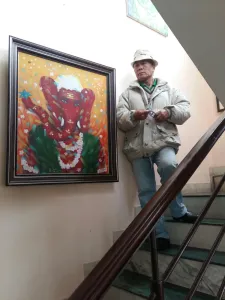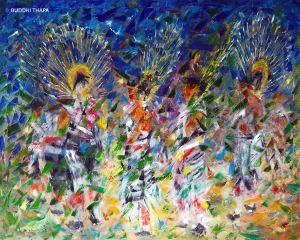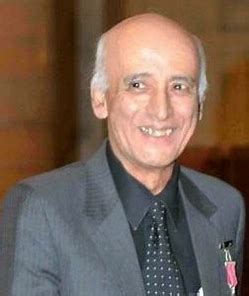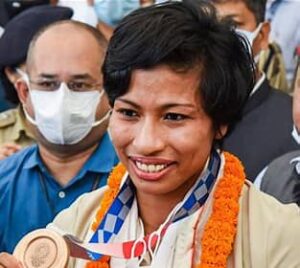Over the course of more than four decades, Buddhi Bahadur Thapa has emerged as one of the most celebrated artists in Northeast India. His journey from a young boy fascinated by the vastness of the universe to a master painter capturing the essence of his homeland is a story of unwavering dedication. Known for his strikingly realistic oil paintings, Thapa’s art brings to life the rich cultural heritage and breathtaking landscapes of the region.
Through his work, he has become more than just an artist—he is a preserver of tradition, a storyteller of tribal life, and a voice for the beauty of Northeast India.

Early Life: Discovering Art in the Heart of Nagaland
Born in Kohima, Nagaland, into a family of First World War veterans, Thapa’s early life wasn’t easy. His father, British-Gurkha Chandrabir Thapa, passed away when Buddhi Bahadur was just one year old, leaving his mother to raise him and his five siblings on her own. This early loss taught Thapa the importance of self-reliance from a young age. As a child, he found solace in staring at the sky, imagining what lay beyond the clouds, and dreaming of worlds unknown. This curiosity would later become central to his identity as an artist.
A pivotal moment in his journey occurred during a class four painting assignment when he was asked to draw the solar system. While his classmates may have seen the task as just another homework assignment, for Thapa, it was an eye-opening experience. As he sketched, he realized the vastness of the universe and that life existed beyond the boundaries of Earth. Though he was scolded for what others saw as a poorly executed drawing, this experience solidified his passion for art. It was a realization that there was a whole universe to explore through painting, a discovery that would shape his entire career.
Pursuing Art Despite Challenges

Thapa’s love for painting grew stronger over time, and he decided to pursue a graduate degree from the Government Art College in Kolkata in the late 1970s. It was during this period that he developed his unique style, known for its realism, especially in portraiture. His oils throb with vibrant colors and intensity, capturing intricate details like the beads on traditional necklaces and the nuances of tribal features.
One of Thapa’s most iconic paintings is of a Magar lady, which appears in the book “The Khukri Braves: The Illustrated History of the Gorkhas” by Jyoti Thapa Mani. His ability to bring life to portraits of Naga tribals is truly remarkable, showcasing the fine nuances of their facial features.
Becoming a Recognized Cultural Figure
Thapa’s art has been widely recognized for its contribution to the promotion of the cultural identity of Northeast India. His works have been collected by esteemed galleries and institutions across India and Nepal, including the Lalit Kala Academy and the Indira Gandhi National Centre for Arts. Over the years, Thapa’s paintings have also been displayed in numerous exhibitions, showcasing the beauty and depth of his artistic vision.
In 2020, he was honored with a Cultural Award in Nagaland for his contributions to the arts, a recognition that highlights his importance as a cultural figure in the region. Additionally, he has been the recipient of the Senior Artist Fellowship from the Ministry of Culture, Government of India—an accolade that reflects his decades of dedication to his craft. Thapa’s talent has also been sought by state governments, with both Nagaland and Sikkim commissioning him to create paintings that capture the essence of their regions.
Versatility Beyond Painting
Though he is primarily known as a painter, Buddhi Bahadur Thapa is a man of many talents. In addition to his mastery of oil painting, he is skilled in playing musical instruments, including the banjo, harmonium, and mandolin. Music is another way for him to express his artistic spirit and explore the cultural heritage of the Northeast. His curiosity about the world has also led him to explore singing, and he remains eager to learn new things and expand his creative horizons.
This versatility has only enhanced his standing as a cultural figure in Northeast India, allowing him to connect with different artistic mediums and engage with diverse communities. Through both his paintings and his music, Thapa has contributed to a deeper understanding and appreciation of the cultural richness of the region.
Inspiring the Next Generation
Thapa’s journey is not just a personal triumph but also an inspiration to others, especially the younger generations of the Gorkha community in Northeast India. When asked about his message for the youth, Thapa emphasizes the importance of fostering unity and understanding between different communities. He believes that by working together, people can bring about positive change in society and promote cultural harmony.
For Thapa, art is more than just a personal pursuit—it is a bridge that connects people across different backgrounds and identities. He encourages the younger generation to embrace their cultural roots and take pride in their heritage, while also seeking to learn from and collaborate with others.
Legacy: A Lifetime Dedicated to Art and Culture
Buddhi Bahadur Thapa’s life and work embody the richness and diversity of Northeast India. His paintings are not just pieces of art but reflections of the people, landscapes, and traditions that define the region. Through his dedication to realism, he has preserved the cultural identity of various tribal communities, allowing future generations to appreciate and understand their heritage.
Thapa has shown that when you dedicate yourself to your craft and follow your dreams, the rewards are far greater than financial success—they lie in the ability to touch hearts, build connections, and inspire others.
Today, Buddhi Bahadur Thapa continues to work as an artist, leaving a lasting legacy in the cultural landscape of Northeast India. Through his paintings, he has not only captured the beauty of the region but also helped promote the values of unity, diversity, and cultural exchange that are so important in today’s world.






